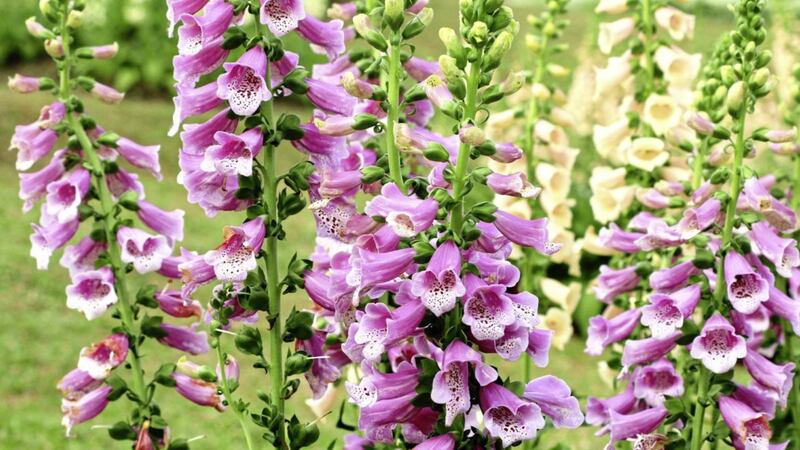IT’S been an exceptionally explosive few weeks in terms of growth. From a slow start, nature’s spring surge has been doubly earnest. The recent spell of warm, sunny weather has amplified the greenery, encouraging upright, sturdy growth, largely unbothered by wind and rain.
In the vegetable patch and the ornamental garden these conditions are to be welcomed, but naturally they also signal a similar burst of growth in some less benign plants.
I hesitate to call any plant a weed as it’s an entirely subjective notion and dependent on context. However, I don’t think you can ever say one person’s bindweed is another’s honeysuckle or that a field of dockens is a great sight to behold – though these so-called weeds are located towards the extreme end of the spectrum.
To the uninitiated, any plant in a garden or park that somebody didn’t deliberately put there is regarded as a weed. Ironically, such people are located at the extreme end of the spectrum.
I’ll be the first to complain about how much I’m bothered by undesirable plants, but at the same time among many so-called weeds are some great botanic jewels. By selective weeding and judicious relocation, you can use these self-seeded stars to enhance your own display. They’ll often outperform garden centre plants, give your space a natural feel, and be great for insects.
Verbena bonariensis is among the most desirable self-seeders, arguably because it’s a little fussy about where it grows. This relatively short-lived perennial can cost you up to a fiver in the garden centre at the moment and it’s the sort of plant you should buy at least three of. Transplant it informally, en masse, so its lavender flowers create dizzying head-height clouds in the hazy summer sunshine.
Evening primrose (Oenothera biennis), due to its rather ungraceful appearance, is difficult to use in a border. However, if you have anywhere in the garden where neatness and formality aren't priorities then use this biennial in abundance.
The plants reach around four feet in height producing yellow fragrant flowers which open later in the day, attracting moths with their beguiling scent.
The foxglove (Digitalis purpurea) is among the best known native plants and can reach up to six feet in height, flowering June through to September. Ideal for a semi-shaded or woodland setting that they'll happily colonise year after year.
Teasel (Dipsacus fullonum) is not a plant suitable for every garden but the seeds of this formidable, towering biennial are much loved by goldfinches. Experience tells me that’s it’s important to give teasel full sun in order to get the best from it architecturally, otherwise you end up with much less alluring bent stems. The lilac, thistle-like flowers appear from mid-summer onwards and are attractive to butterflies and bees.
Perennial lady's mantle (Alchemilla mollis) has furry, round leaves and produces lime-green flowers. It grows to around 45cm high. The fact that it seeds itself freely can be an advantage or a curse, depending on your outlook. It's not a plant you're likely to see for sale anywhere and if someone suggests you pay for it, tell them where to go.
Instead, find a fellow gardener who'll happily give you a couple of small plants to get a colony going. It flowers from June through to September but the blooms are nondescript lime green clusters at a glance. On very close inspection they reveal scores of dainty, yellow daisy-like flowers.
Other desirable self seeders include hellebores, honesty (Lunaria annua), great mullein (Verbascum thapsus), wall flower, field poppy, opium poppy and aquilegia.









